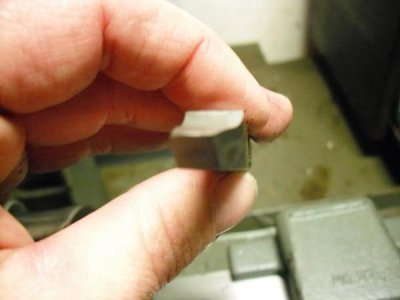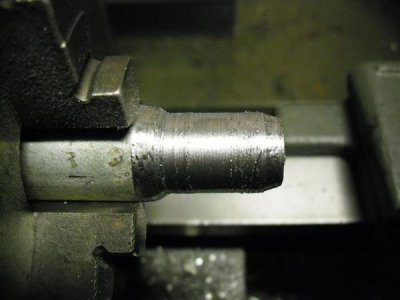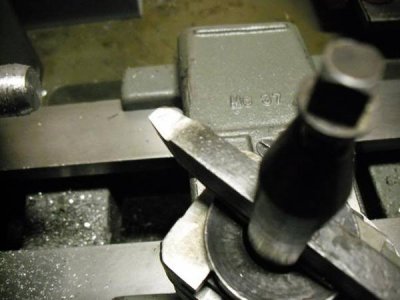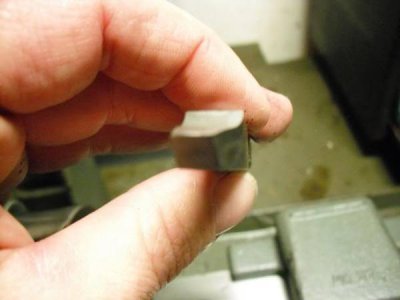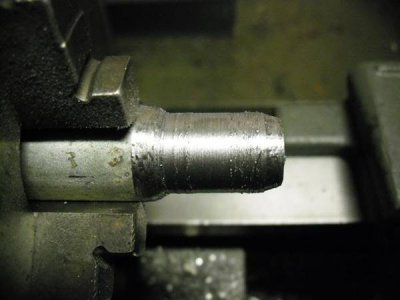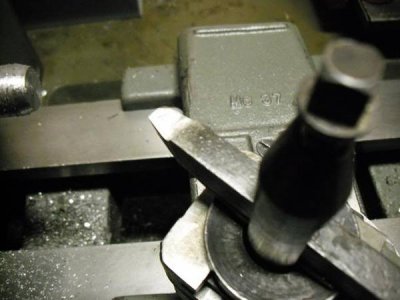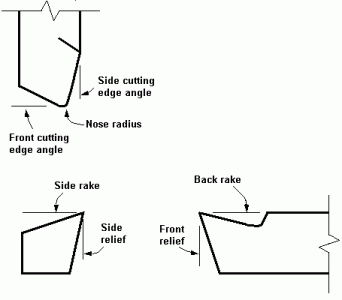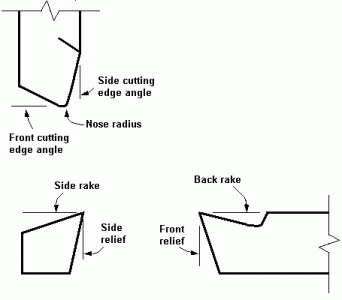It sounds like you have a number of things going against you so you may want to stop, back up a few steps and start over. First of all, the pins you are cutting are likely hardened, probably even too hard for carbide, so get yourself some known steel for your project. The next thing you need to do is put those carbide inserts away. Carbide inserts work best on a rigid lathe with lots of power, not a light lathe like the one you are using. You may get away using the occasional brazed tip carbide tool because they are sharper, but not inserts because if you try to push the lathe hard enough to make them work, it will either chatter or stall, both of which will chip the insert.
Leaning how to grind a HSS bit is a basic skill every machinist should possess. HSS is inexpensive, versatile and extremely forgiving for the new machinist and if you make a mistake and burn one up, all you have to do is resharpen it. It sounds like you already discovered my video on sharpening HSS turning and facing tools. You should also check out the one on cutting speed and RPM and the ones on drill sharpening as well. The more you practice, the better you'll get, but first you need to get some steel you can cut.
Over the next few weeks I'll be making some very basic lathe videos that should help you get started without getting frustrated.
Tom


